From no-sew fleece apparel to easy-to-sew clothing, fleece is the perfect fabric for everyone's choice. There are hundreds of fleece fabrics featuring your favorite characters to match the current trends. So, let's get started with the details of what is fleece fabric.
Table Of Contents
What is Fleece Fabric?
Fleece is a soft, cozy polyester fabric with a brushed surface that keeps wearer warm. It's manufactured by applying knitting technique with an extra loop inside which can be brushed by passing through a brush roller. It can be made of Polyester, Cotton, CVC, PC, wool, and other natural materials. Fleece is an ideal choice for any kind of warm clothings including jackets, sweaters, blankets, and so on.
Fleece is known as one of the oldest knitted designs. But still fleece fabric has huge popularity in today’s modern fashion world thanks to its unique characteristics such as being cozy, warm, easy to care for, easy to sew, washable, hang to dry, and so on.
At the same time, fleece fabric is easily produced at a very low cost. Consequently, it has wide applications including outer apparel, vests, warm garments, insulation, socks, hats, scarves, blankets, pajamas, etc. The super-soft hand-feel, warmer, lightweight, and natural breathable, all magic characteristics make fleece fabric perfect to produce outerwear apparel and all things cozy.
What is Fleece Fabric Made of?
Before we get into the details about what and how fleece fabric is made of, it’s necessary to understand the category of fleece fabric. Fleece fabric is classified on the basis of 5 different components:
- Polyester: This kind of fleece is made of 100% polyester. Polyester Fleece is a synthetic insulating fabric made from polyester called polyethylene terephthalate PET. Polyester Fleece is very comfortable because of its lightweight and anti-perspiration qualities. It allows moisture to evaporate while blocking the humidity from the outside. Polyester fleece is the cheapest fleece fabric available on the market.
- Cotton: Cotton fleece is made of cotton fiber. It is perfect for the winter months, Because of its dense fleece construction and fuzzy touch. The cotton fleece is used to produce winter loungewear, gloves, hats, scarves, and earmuffs, and in the lining of leggings. Sometimes fleece-lined boots, coats, and even blankets are manufactured from cotton fleece! It is often used for baby garments. Cotton Fleece is the most expensive fleece fabric available on the market.
- CVC: CVC fleece is made from CVC, Chief Value Cotton as cotton and polyester blend. The composition of CVC fleece is 60% of cotton and 40% polyester. The fleece may have blends of 52/48, 60/40 or 80/20 CVC. CVC 45, and CVC 42 fleece is the most popular kind of fleece fabric. The effect of using CVC 42 fleece is the fabric is denser and CVC is more natural. CVC fleece is used in Sweatshirts, Jackets, Jogging suits and so on.
- PC/ TC: Polyester Cotton Fleece (PC Fleece) is made of 65% polyester 35%cotton. On the contrary, Tetron cotton Fleece (TC Fleece) is made of 65% cotton and 35% polyester. PC Fleece or TC Fleece is a lightweight, warm and soft fabric, fleece has some of wool's fleece good qualities. But weighs a fraction of the lightest available woolens. It is a good alternative to wool for those who are allergic or sensitive to wool. It can also be made out of rPET bottles or even recycled fleece.
- Wool: The fleece produced from wool is called wool fleece. Wool Fleece Fabric could be made from organic sources derived from animals, especially sheep’s four or wool. Organic fleece may be obtained from cotton or a blend of the two natural fibers. Still now, in the era of modernization, fleece fabric could be made from animal wool. Despite its name on ‘fleece’ which indicates a sheep’s coat.
How is Fleece Made of?
Due to its increasing popularity, fleece fabric developments have been extensive worldwide. As a result, different types of methods are used in the production of fleece fabric. But here we will discuss the common one:
For polyester fleece fabric, the polyester fibers have to be made first. Polyester fiber is created using a chemical reaction involving petroleum and petroleum derivatives such as plastic material.
Today recycled plastic is commonly used in terms of producing fleece fabric. The plastic elements with necessary chemicals are heated until it forms a thick syrup. Then the polymer is forced through a series of tiny holes into a stringy consistency. So that It hardens before being processed into yarn.

Because of these structures of the polymer fibers, fleece is extremely warm and breathable. Once this polyester has become threads, then it is used in weaving. Later it has to undergo the brushing process which gives the fleece a fluffy appearance.
Types of fleece fabric
One Side Fleece (Inside Brush Fleece):

One side of the fleece is brushed on a single side. It means beyond the initial brushing, are only treated for pilling, etc, on only one side of the fabric.
Polyester fleece is the most popular kind of fleece on the market today. It is used for any kind of garment to cheap its production costs; because it's recycled from plastics.
Microfleece Fabric:

Microfleece fabric is a special kind of fleece with a very soft and micro-piling surface. It's usually made of 100% polyester 75D DTY filament with less than 200 GSM. Microfleece is very popular thanks to its ultra-soft napping surface, which makes it ideal for babywear. It is also used to produce shirts, gym clothes, sweaters, light outdoor clothing, lightweight jackets, throw blankets, and so on.
French Terry Fleece:

It could be easily characterized by its more woven looks. French terry fleece is not brushed. Usually, it doesn’t have any fluff, which may be expected from every fleece. Most of the time, French fleece is made from cotton or cotton blend or even organic fibers, polyester, rayon, and other materials.
Check Fleece:

Check fleece is similar to the other polar fleece or microfleece. But the characteristic that differentiates check fleece from others is its check design. It has two versions. One is AOP and another is a structurally changed check version named jacquard.
Sherpa Fleece:

It’s made from 100% polyester or, acrylic or a blend of both fibers. Sherpa fleece looks very puffy. It looks like a replica of wool fleece. Usually, Sherpa fleece is used as a lining in leather jackets to add additional warmth.
Polar fleece:

Polar fleece fabric is much thicker than microfleece and also much warmer. Polar fleece has a cozy surface with both side surface and face side anti-piling. It is often made from polyester DTY filament. The weight varies between 220 and 350 GMS. Generally, it’s used in blankets and jackets in colder climates due to its heavy weight and warmth.
Coral Fleece:

Every time, coral and polar fleece tend to conflict with each other. But it’s thicker and has a longer “pile” than polar fleece. Coral tends to be used for blankets and baby clothing due to its anti-pill and furry texture. Coral fleece fabric is always furrier and more expensive than polar fleece. It's normally made of 100% Polyester.
Blizzard fleece:

It is a particularly thick form of polar fleece. Its thick pile retains heat. Blizzard is highly used to produce winter gear and blankets. Blizzard is so dense that it doesn’t need finishing after cutting.
Teddy fleece fabric:

Teddy Fleece is a soft insulating fabric produced from polyester. Usually used for the children's clothing. It is similar to the coral fleece; Easily stretchable, lightweight, and easy to wash.
Fleece Vs Wool
Comparing fleece vs wool is always confusing. When you hear the term ‘wool fleece’, it always indicates the natural animal’s fur which covers the skin of sheep and similar mammals. But when animal fibers are collected via shearing and processed into the fabric then it is Known as ‘Wool’. The term ‘wool fleece’ is used to define unprocessed wool. The final wool product or textile is simply called ‘wool’.
Synthetic fleece is a man-made fiber from polyester (usually) and other chemicals. That is simply called ‘fleece’.
The main difference between fleece and wool is that wool is a natural fabric derived from animals’ fur whereas fleece is a man-made fabric derived from chemical substances such as polyester. However, there are so many characteristics that could have helped us to define the two textiles Fleece and Wool. Here are those characteristics.
|
Category |
Fleece |
Wool |
|
i. Origin or Source |
Derived from man-made chemicals and polyester |
Derived from sheep & different animals’ fur |
|
ii. Fiber Nature |
Man-Made Fiber |
Natural Animal Fiber |
|
iii. Existence |
Since about 1974 |
Thousands of years |
|
iv. Construction from other fibers |
Could be made by lending other fibers like cotton, hemp, polyester, rayon, and wool |
None |
|
v. Insulating |
Not as good as wool. When wet it has no insulation properties. |
Insulating even when wet |
|
vi. Drying time |
Quick-drying |
Takes a long time to dry |
|
vii. Weight |
Lightweight material |
Heavier than fleece |
|
viii. Breathability |
Breathes well unless coated with waterproofing and other chemicals |
Breathes very well |
|
ix. Biodegradable |
Eventually |
Yes |
|
x. Cost |
Cheap |
Can be very expensive |
|
xi. Moisture |
Low absorption rate |
Repels water or moisture |
|
xii. Softness |
Very softer than wool |
Soft but it could be itchy |
|
xiii. Eco-friendly |
Eventually; but is recycled from plastics |
Natural, & Eco Friendly |
Table: Fleece vs Wool





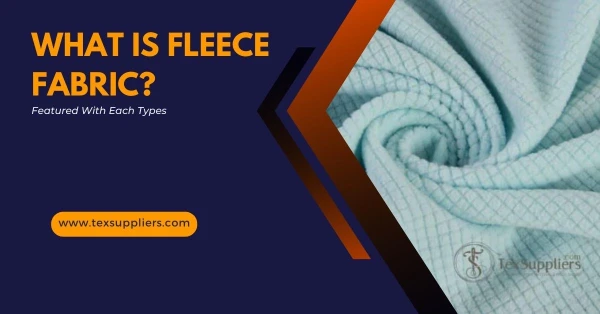
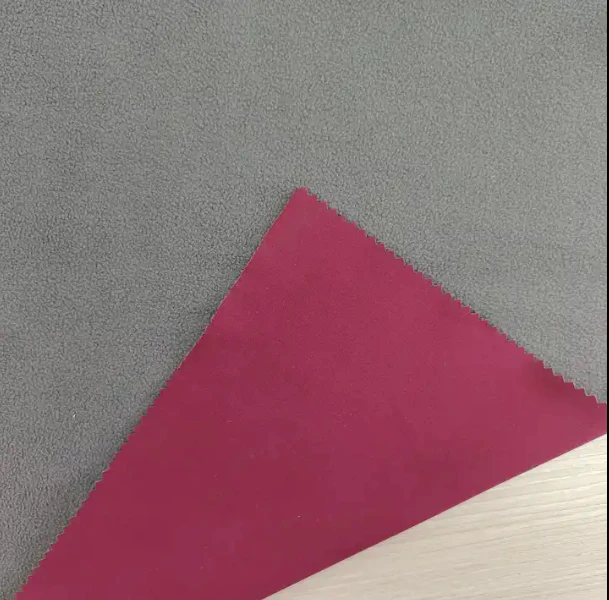
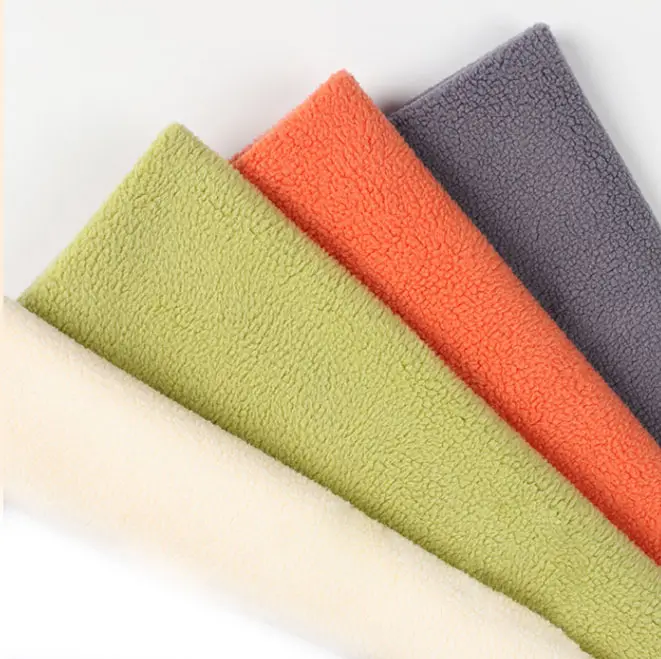
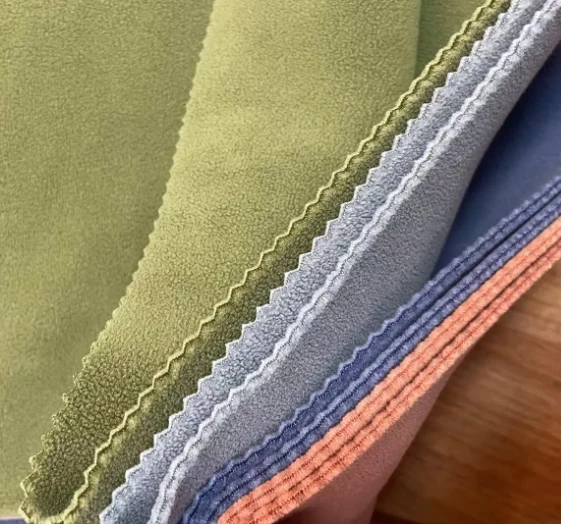
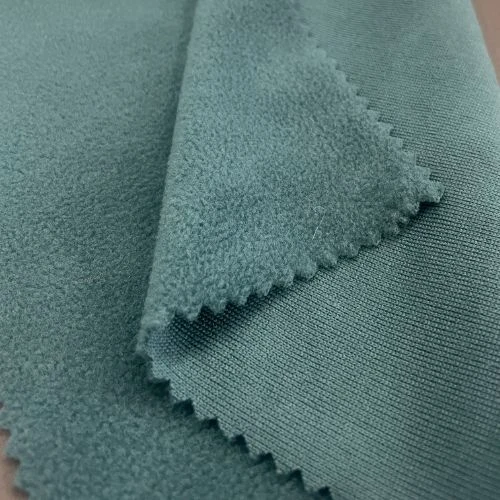
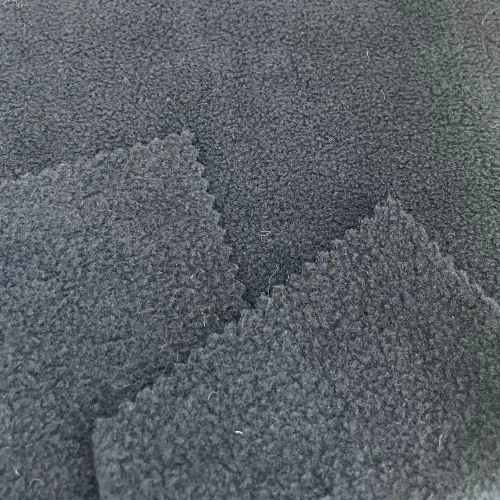
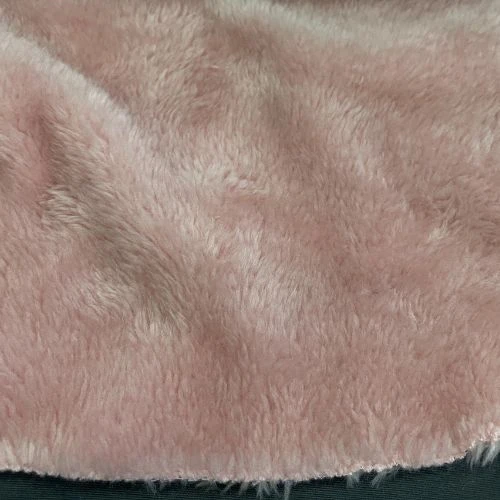
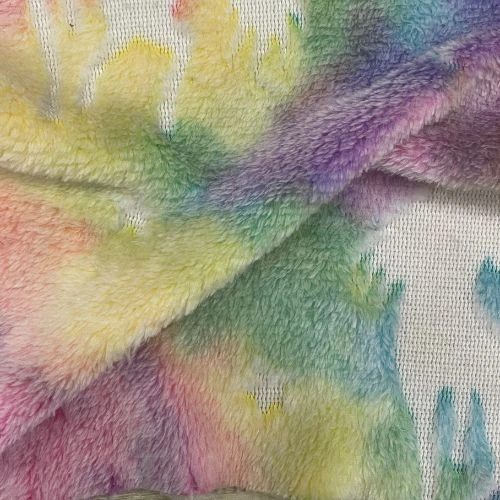
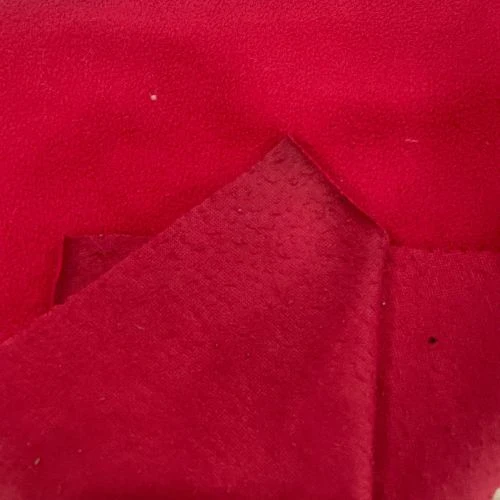
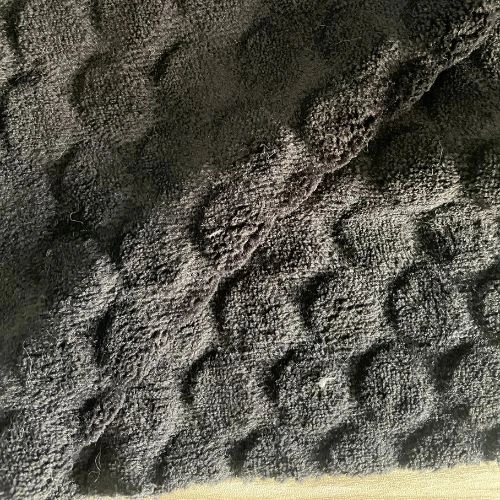
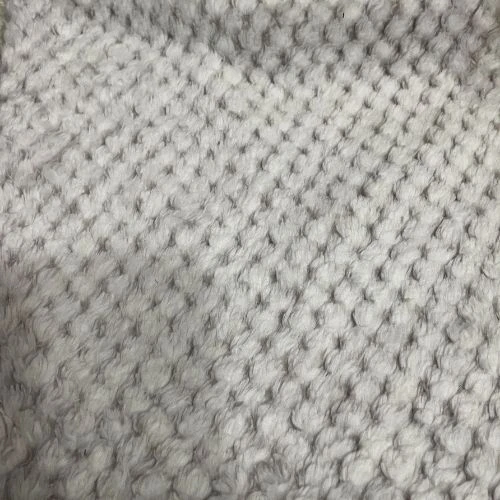
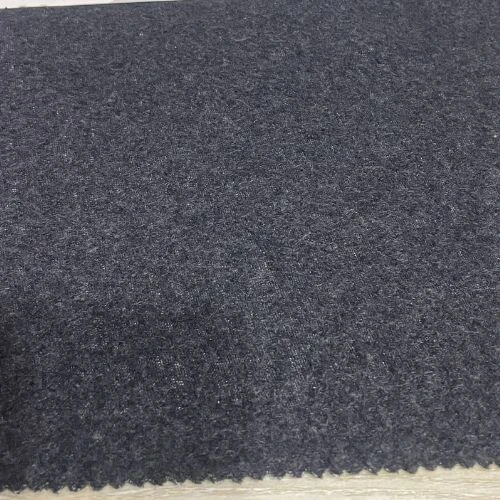
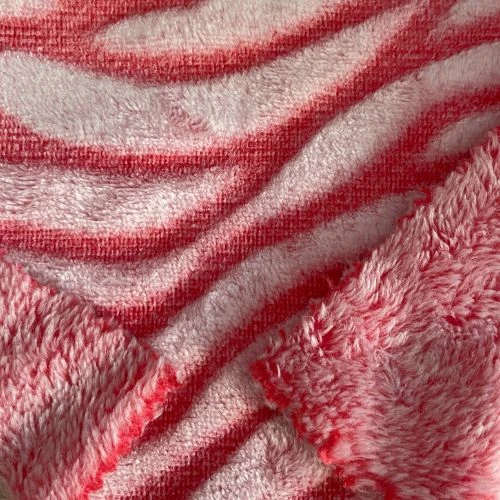
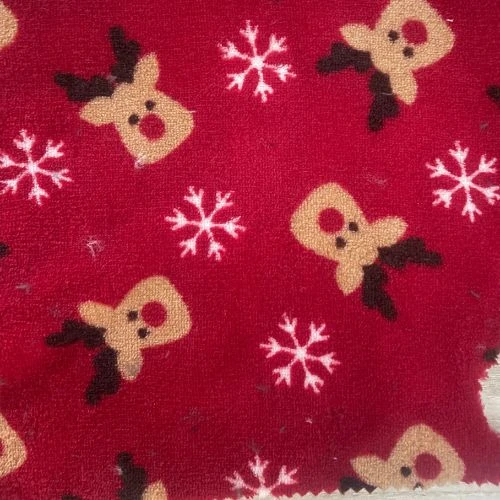
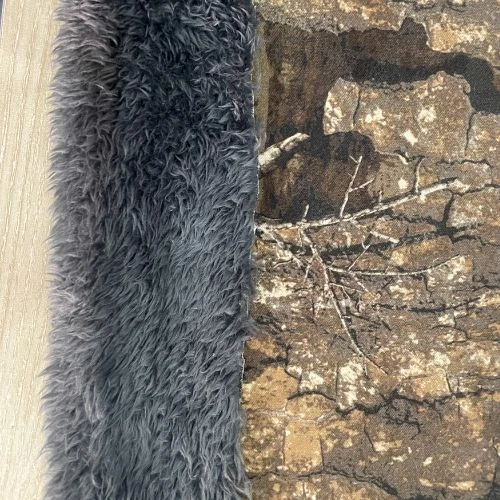
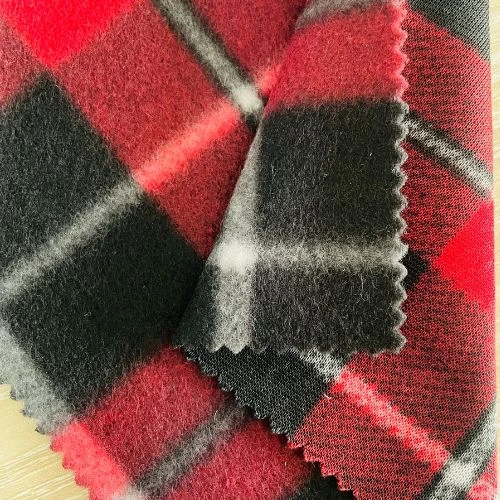
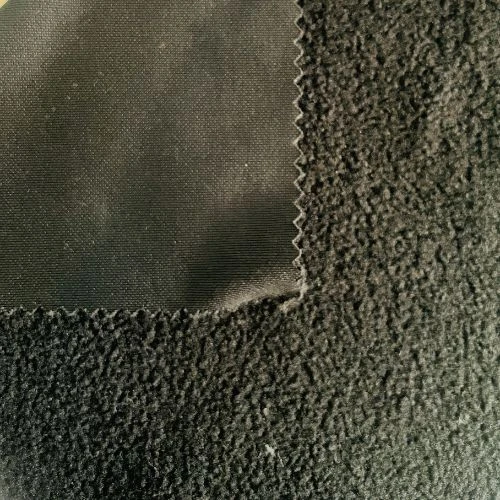
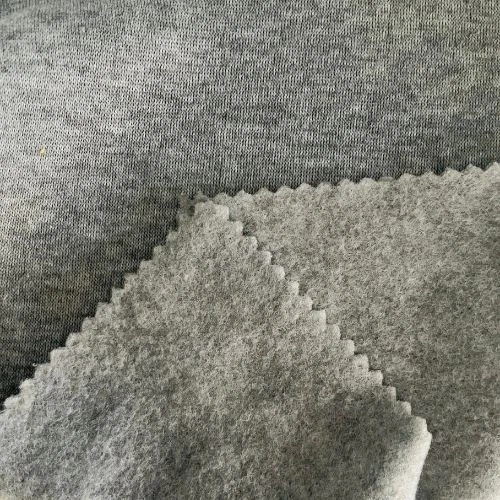
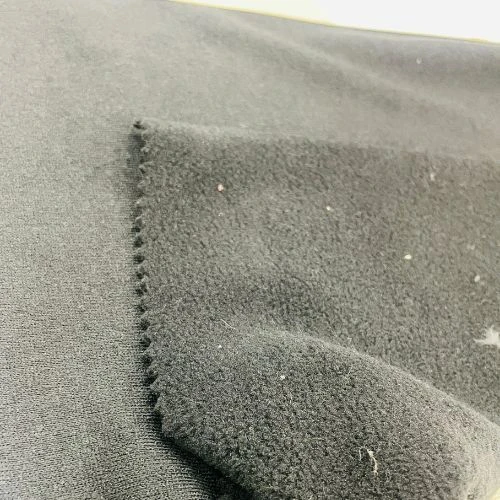
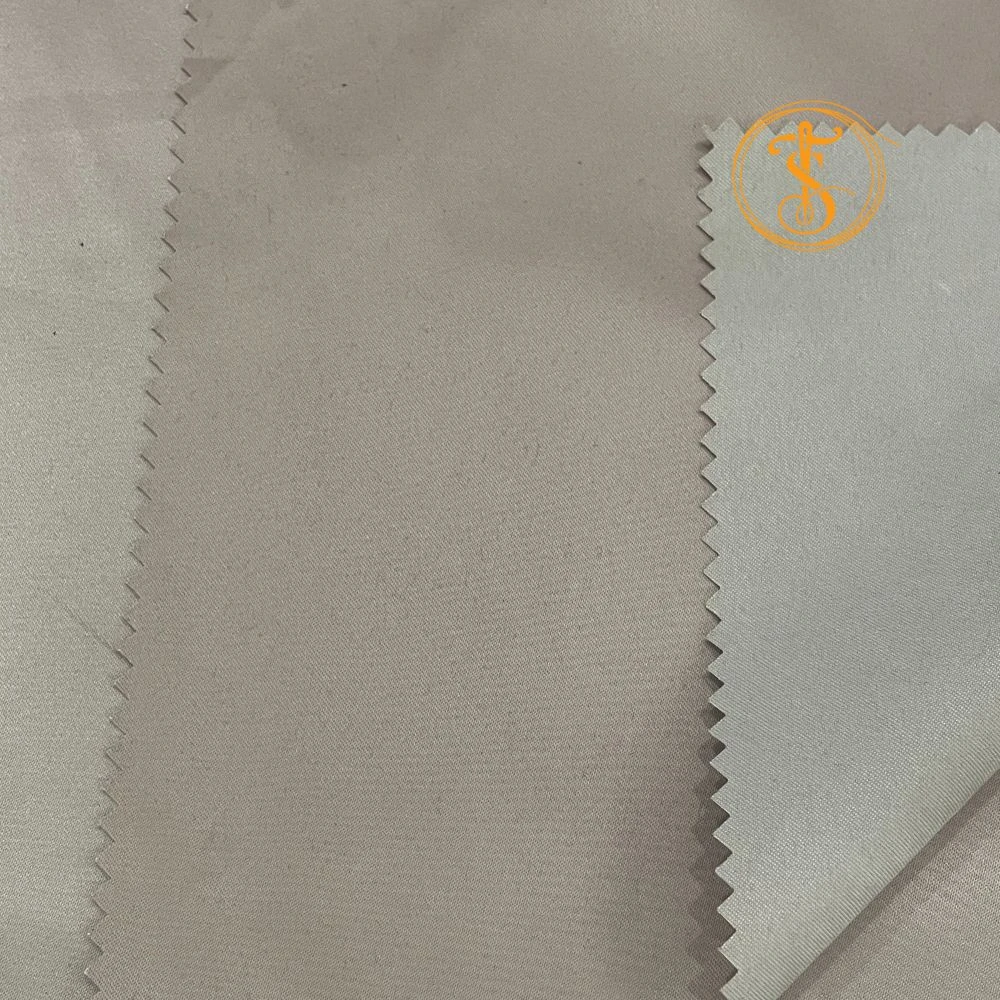
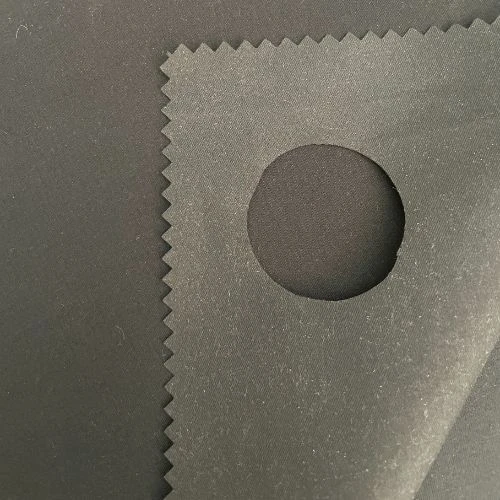
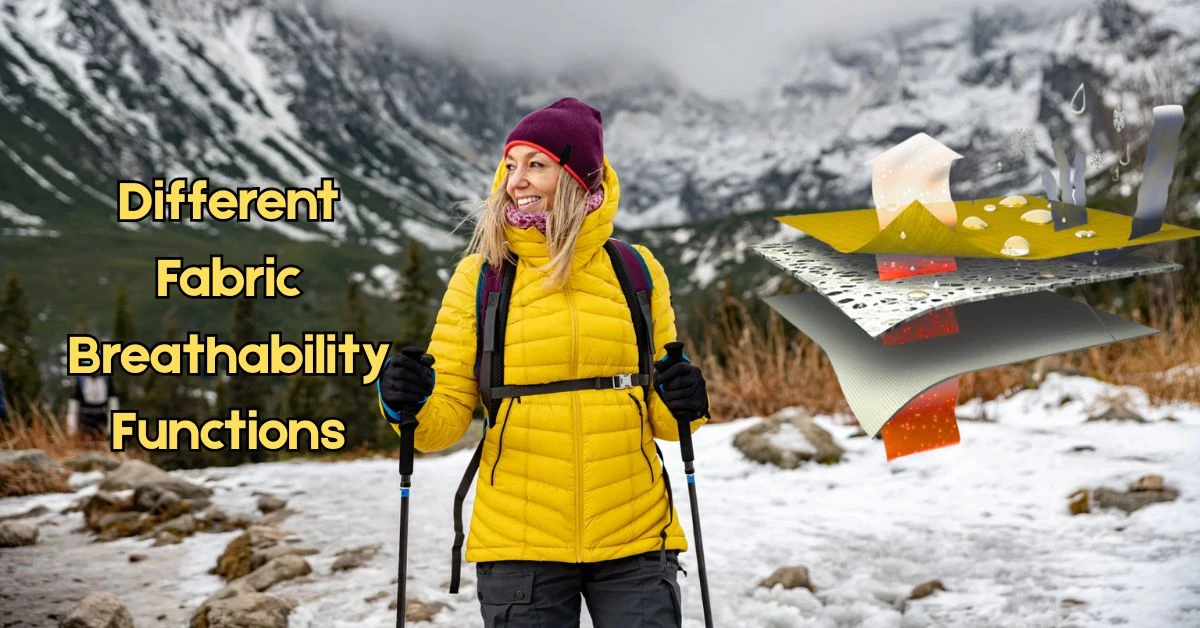
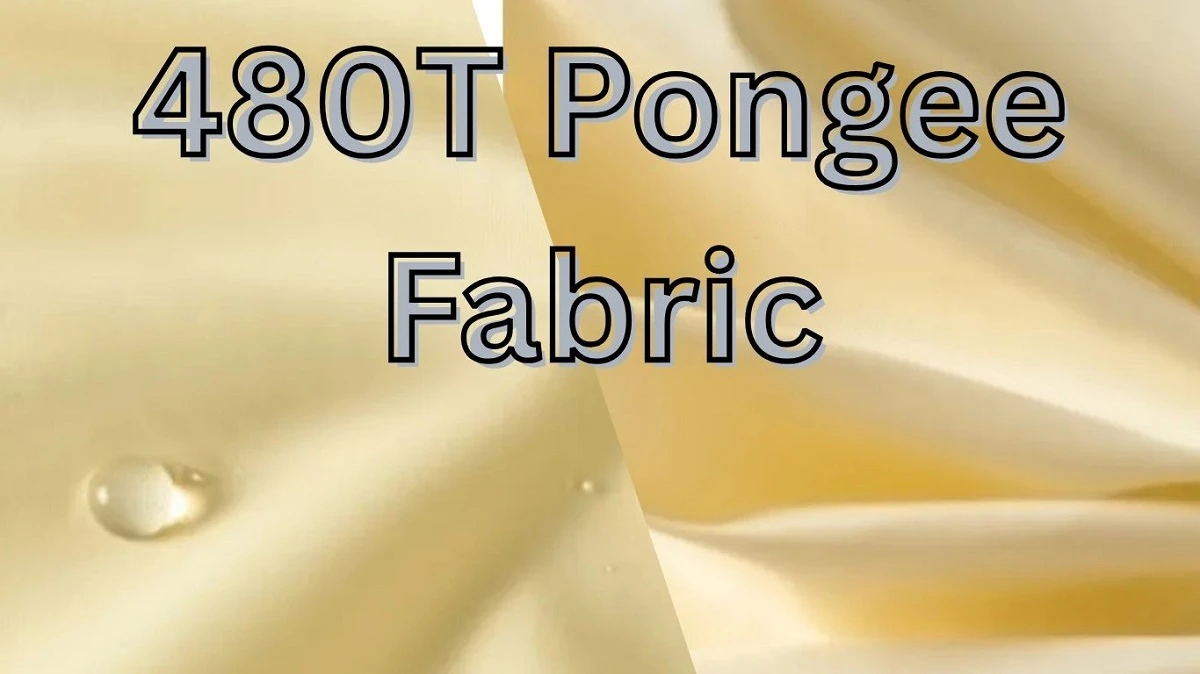
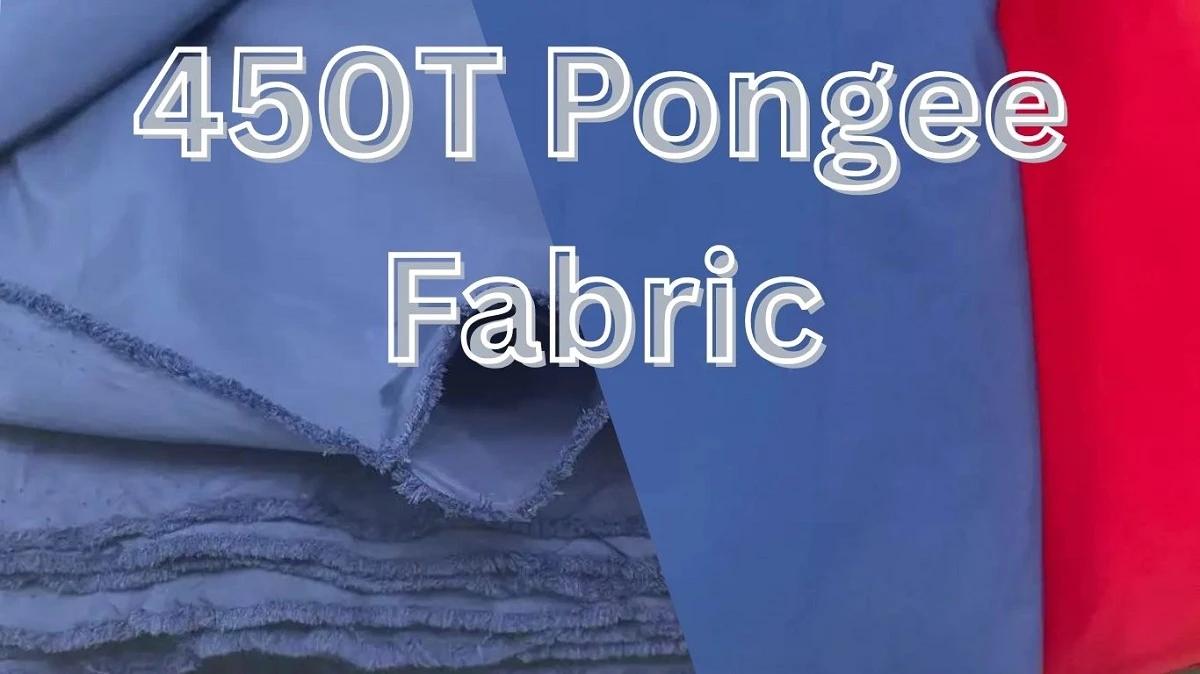
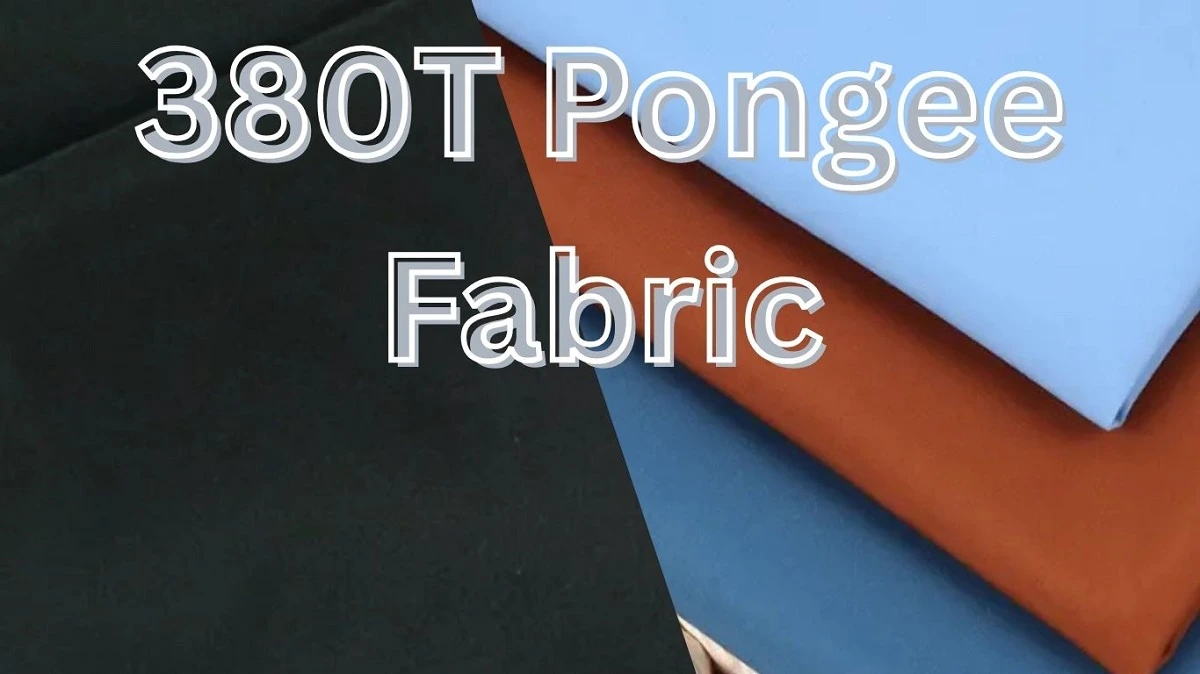
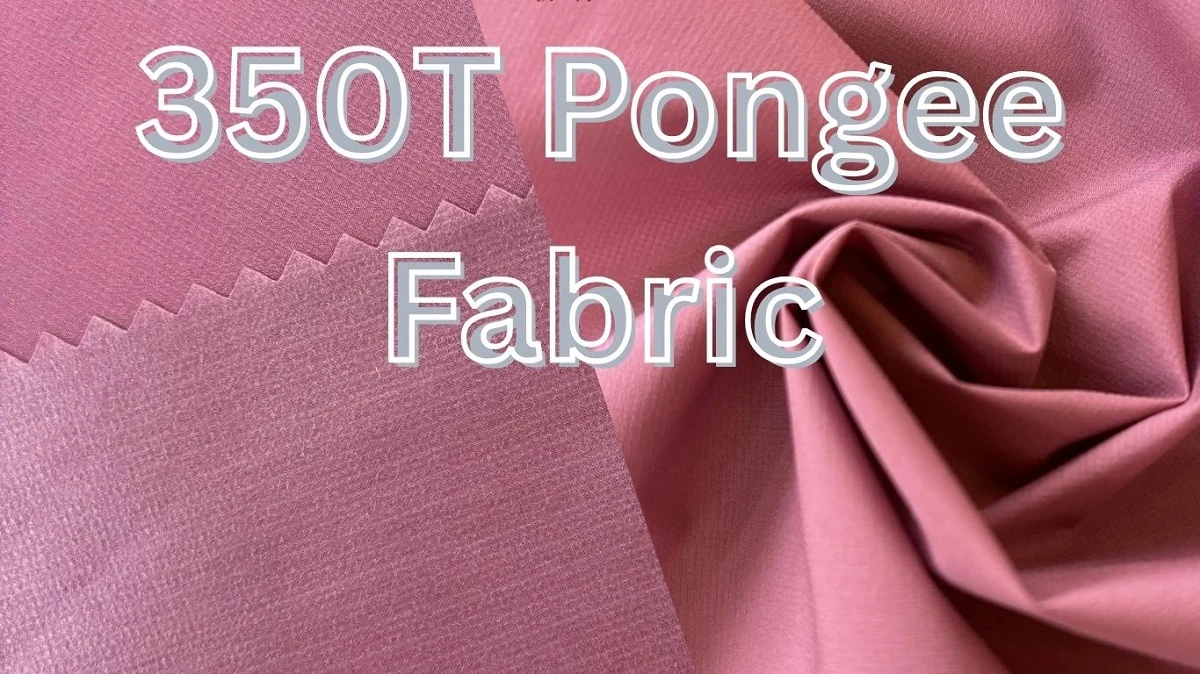
Comments - 01
Iftekhar Nahid
I think the explanation is wrong for the TC blend. It should be same as PC not same as CVC
Leave A Reply
Thanks for choosing to leave a comment.